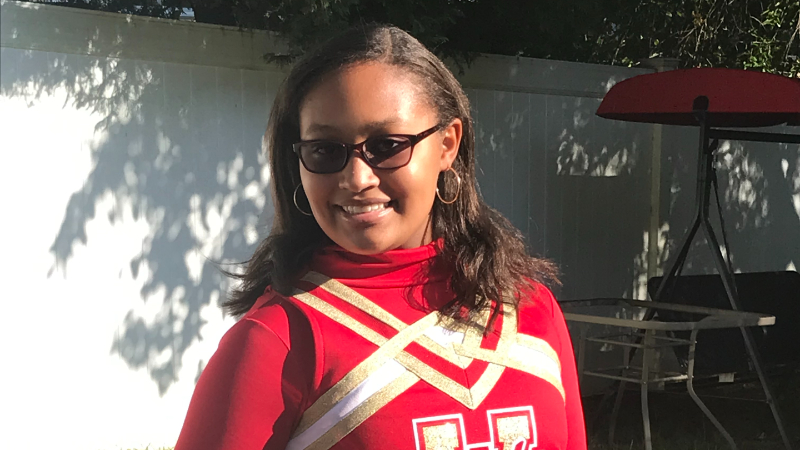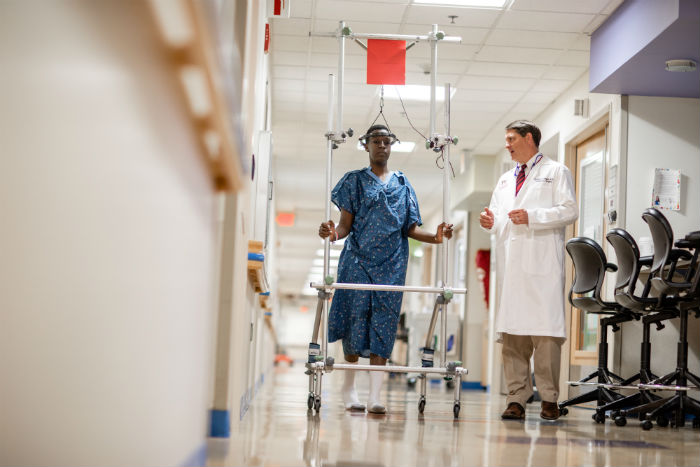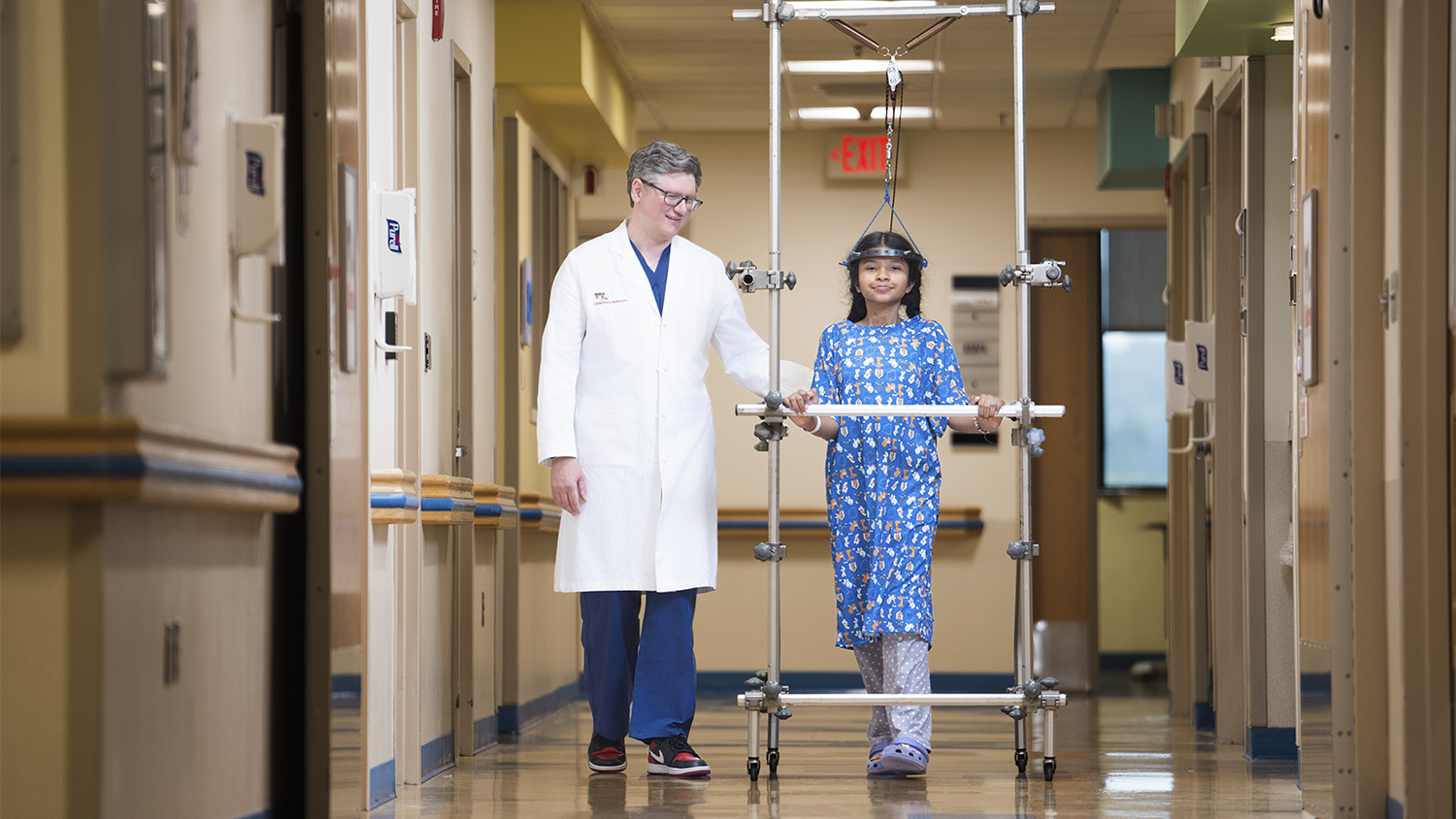Condition
Pediatric Scoliosis
What You Need to Know
Scoliosis is a deformity of the backbone (spine). It’s when the spine has a side-to-side curve.
Key Symptoms
A child with scoliosis has a spine with an S or C shape. Other common symptoms of scoliosis may include:
- Difference in shoulder height
- The head not centered with the rest of the body
- Difference in hip height or position
- Difference in shoulder height
Diagnosis
Healthcare providers, and even some school programs, routinely look for signs of scoliosis in children. Your child may also need other tests, such as:
- X-rays
- MRI
- CT scan
Treatment
The goal of treatment is to stop the curve from getting worse and prevent deformity. Treatment may include:
- Observation and repeated exams
- Bracing
- Surgery
Schedule an Appointment
Our pediatric specialists provide personalized care for your child’s physical, mental and emotional health needs. Meet our providers and schedule an appointment today.
Frequently Asked Questions
Prevention and Risk Assessment
What is scoliosis in children?
What causes scoliosis in a child?
Diagnosis
What are the symptoms of scoliosis in a child?
How is scoliosis diagnosed in a child?
Treatment
How is scoliosis treated in a child?
Meet the Providers Who Treat Scoliosis
Departments that Treat Scoliosis
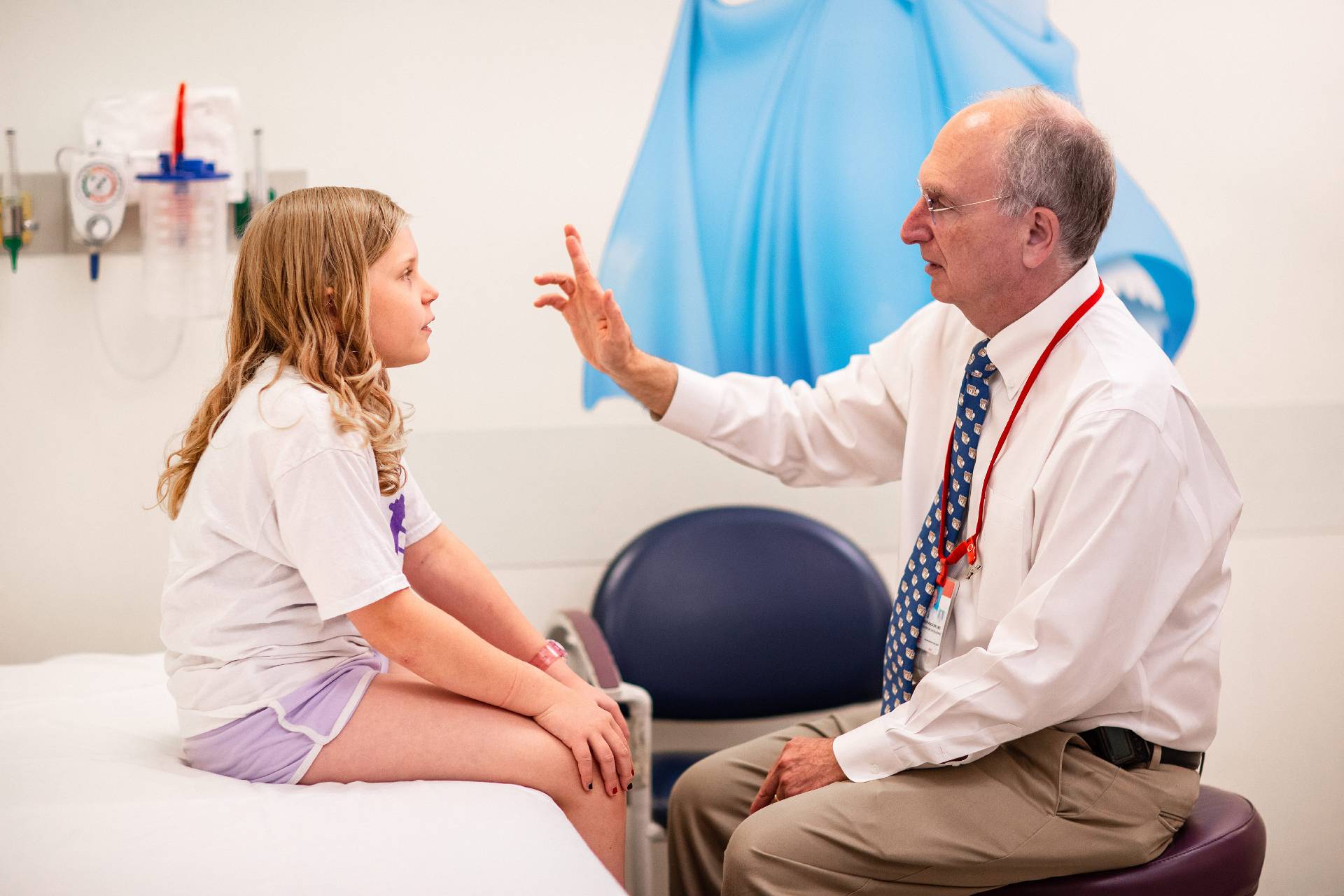
The Gilbert Family Neurofibromatosis Institute
Learn more about our world-renowned Gilbert Family Neurofibromatosis Institute, which helps children with neurofibromatosis type 1 or 2 live more normal lives.
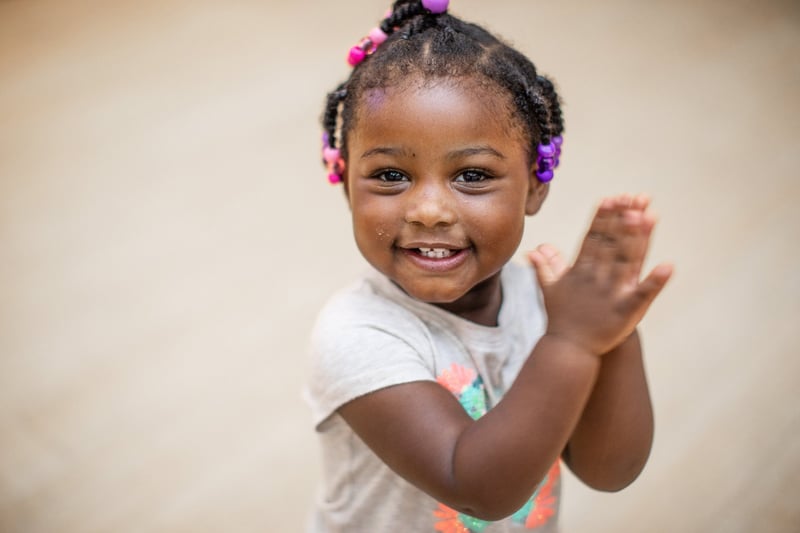
Help Kids and Make a Difference
Invest in future cures for some of life's most devastating diseases. Give today to help more children grow up stronger.


